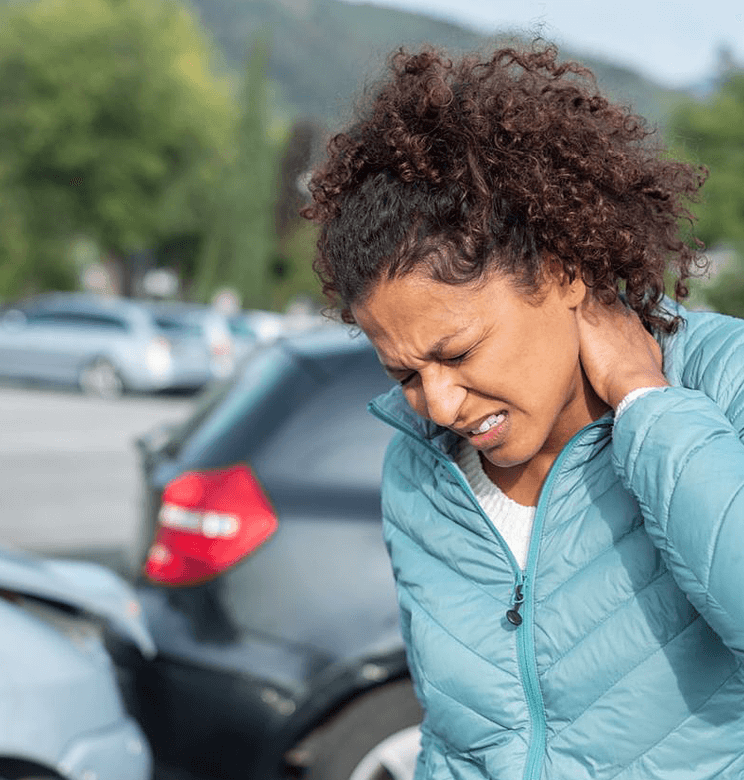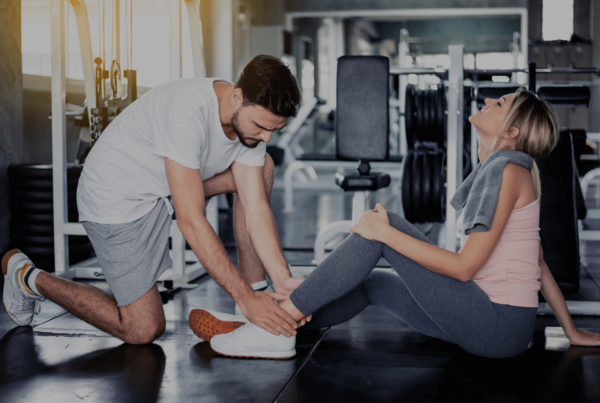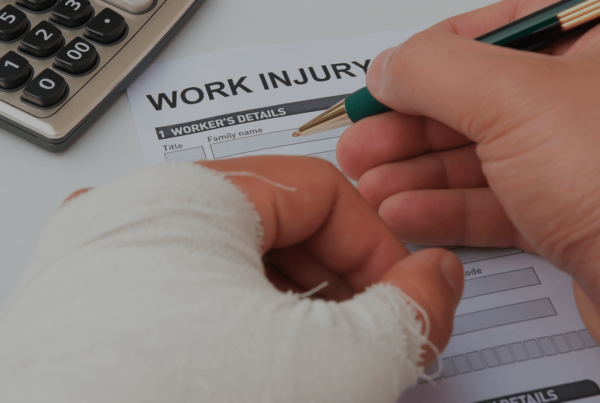Getting into an auto wreck can cause a range of serious harm to someone’s physical and mental health. Attending physical therapy can help set you and your body up for success as you recover. Physical therapy works your muscles, tendons, and joints in beneficial ways to support a healthy healing journey. Getting treatment can also improve the outcomes of other treatments, like surgery.
The team at Lyons Physical Therapy is made up of experts who provide physical therapy for car accident casualties. We understand the complex ways that an auto incident can injure someone. From broken bones, sprains, torn ACLs, and rotator cuff wounds, we have helped dozens of patients reclaim their agency after a crash. Our Las Vegas physical therapists welcome the opportunity to help you on your journey, too.
What Factors Determine the Amount of Physical Therapy Needed After a Car Accident?
You and your therapist will work together to determine how long you may need to go to physical therapy. Factors that can influence the length of your treatment include:
- The severity of your injuries,
- How your body responds to treatment,
- Your medical history, and
- Your ability to follow the prescribed treatment regimen.
The initial plan you and your therapist come up with may have to change as treatment goes on. For example, using manual therapy methods may not work as well as anticipated in treating a torn ACL. Because of this, you and your team may pivot to more intensive modalities. Because healing is a dynamic process, it’s essential to have a therapist who will listen to your concerns and body and make adjustments as needed.
What Can I Expect During Typical Physical Therapy Sessions?
During a physical therapy session, you and your provider may talk about your progress and any new or existing physical complaints you have. If your therapist gave you exercises to do at home, they may check in with you about how those are going. If you’re having trouble doing the exercises, the therapist may work with you to create something that fits your body and lifestyle better.
During the session, you and your provider will also do exercises based on your treatment plan. They may have something pre-scheduled—such as the leg press or lumbar decompression traction machine. In other cases, they might switch gears and work with another modality that may address your symptoms much better.
How Long Does It Typically Take To Recover From a Car Accident With PT?
Because everyone has a unique body and all injuries are different, there’s no typical treatment trajectory for a car accident patient. Instead, the length of time it takes for you to recover depends on your specific situation and how your body responds to treatment.
You and your physical therapist will collaborate to come up with and carry out a plan that works best for you. As treatment progresses, you and your provider will check in and see how to adjust treatment so it gets you closer to your goals.
What Type of Therapy Might Be Necessary After a Car Accident?
The type of therapy you might need after an auto wreck depends on your body, your injury, and how you respond to treatment. For example, if you damage your wrist, using HawkGrips under the supervision of a physical therapist might help to restore strength and function. If you hurt your back, engaging with lumbar decompression traction machines might help to alleviate some of your pain and discomfort. Manual therapy might also be helpful in loosening up muscles and scar tissue.
How Long After an Injury Should You Do Physical Therapy?
Physical therapy may be beneficial regardless of how long it’s been since you sustained the injury. That said, the earlier in time you can begin treatment, the better your body may respond to it. As time goes on, your body may build up scar tissue, for example, that can make it more challenging for you to move your joints. If you’re able to attend physical therapy before too much scar tissue accumulates, it may improve your outcomes. However, your team may still be able to help you, regardless.
How Do You Recover From a Traumatic Car Accident?
A motor vehicle accident can cause extensive harm to you, your body, your car, and your life. After enduring this event, you can help yourself recover by seeing a doctor right away. You may have injuries that you don’t know about yet or that require immediate attention. If you delay treatment, you increase the risk of re-injuring yourself or having your body heal incorrectly.
See a doctor shortly after the incident or as soon as you think you may need to see a provider. Additionally, follow all treatment protocols given to you by your team. Starting physical therapy—or at least seeing one early on—can also help set you up for success during this time. Working the body in beneficial ways under the guidance of a therapist can help decrease your pain and inflammation and encourage proper healing.
Can a Physical Therapist Evaluate an Injury?
Physical therapists have specialized medical degrees and are equipped with the knowledge and tools to evaluate an injury. They can order tests to understand the underlying cause of the patient’s complaints. Additionally, they can review medical records and results from the patient’s other healthcare providers. It’s common for a physical therapist to perform their own evaluation of a patient’s condition before developing a treatment plan and commencing with care.
Lyons Physical Therapy: Physical Therapists Specializing in Treating Car Accident Victims
When you’re in a crash, it’s crucial for you to get timely and effective treatment for your wounds. Starting physical therapy can help move you closer to your goals by bringing inflammation and pain levels down and increasing your mobility. Lyons Physical Therapy specializes in helping car accident casualties heal after such a traumatic event.
We stay up to date on the latest treatment modalities so we can provide responsive and research-based care to our patients. Our team has been helping patients for decades and draws its inspiration from the tenacity our patients bring to the sessions. Contact us today by calling 702-476-0222 to schedule an initial consultation and see the difference we can make in your life, too.





